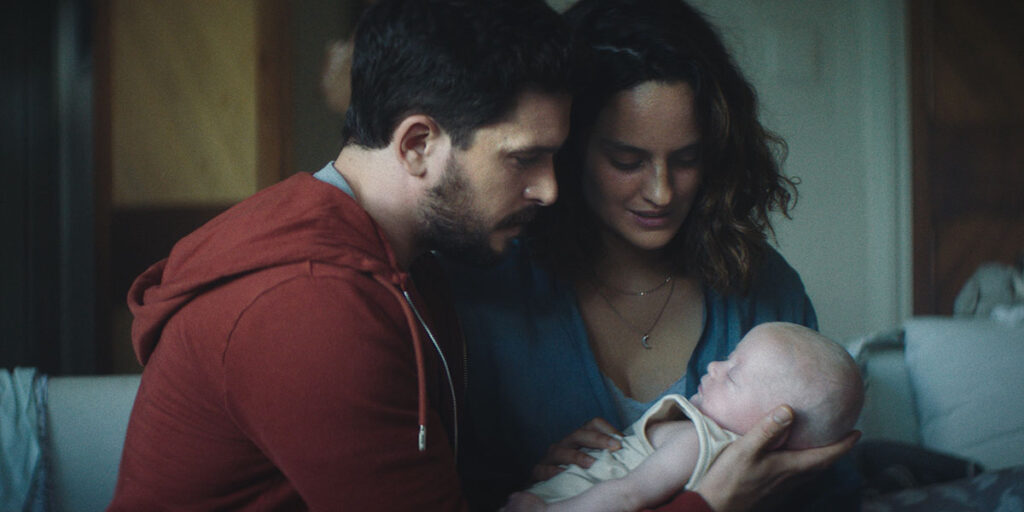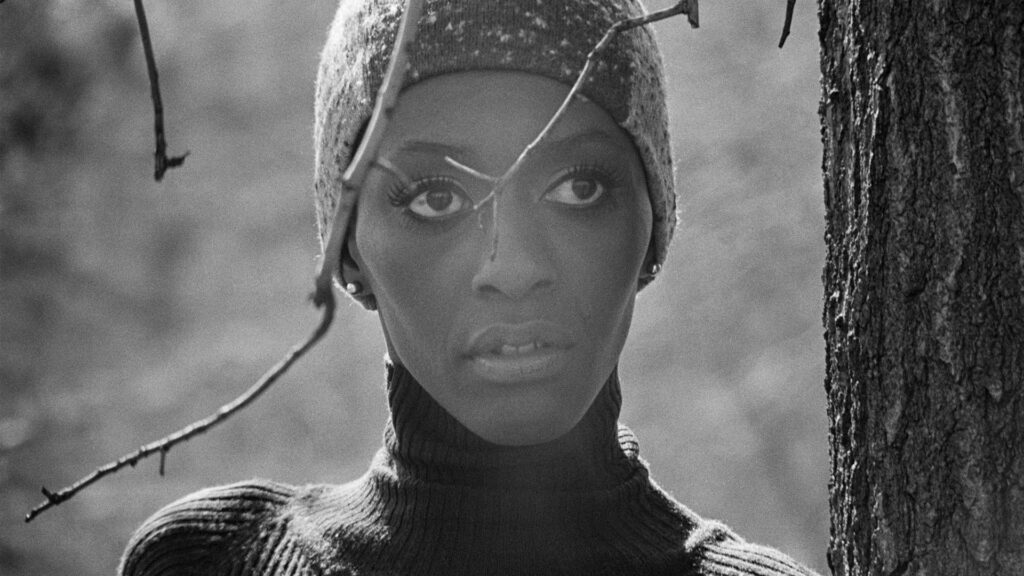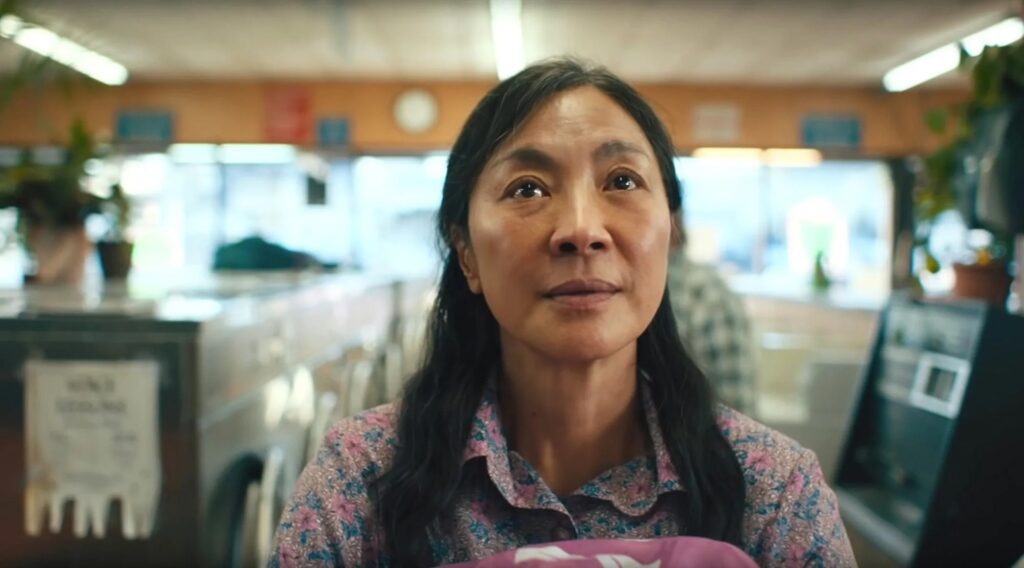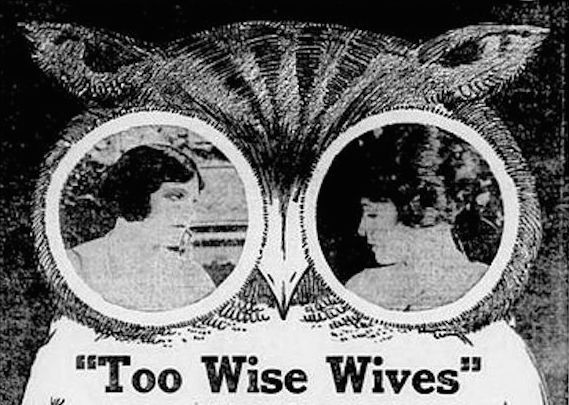
by Carrie Rickey
This five-part Truthdig series by Carrie Rickey is published in partnership with Women and Hollywood. The series considers the historic accomplishments of women behind the camera, how they got marginalized, and how they are fighting for equal employment.
It’s a paradox, akin to why women receive 47 percent of law degrees but represent only 35 percent of those working in legal professions. And why, though 42 percent of architecture-school graduates are women, they are just 25 percent of practicing architects. Why do females make up between 33 and 50 percent of film-school graduates but account for only seven percent of working directors, as Dr. Martha Lauzen, professor at San Diego State University, reports in her annual “Celluloid Ceiling” analysis of women on the screen? What happened to the other 43 percent?
In American film (a kind of parallel universe to American life), this asymmetry results in an asymmetry onscreen, in which men outnumber women two to one. According to Walt Hickey at fivethirtyeight.com, in movies the workplace is more male — and more sexist — than in reality. “This is an industrywide problem that requires an industrywide solution,” says Lauzen, who has been tracking the numbers for 20 years. “The heads of the studios dutifully mouth that they want change but have yet to introduce any programs or make hiring decisions demonstrating true leadership or vision.”
In October 2016, the Equal Employment Opportunity Commission (EEOC), prompted by the American Civil Liberties Union findings that “female filmmakers are effectively excluded from directing big-budget films and seriously underrepresented in television,” began investigating Hollywood’s gender gap.
Maria Giese, the filmmaker who brought the issue to the attention of the ACLU, said she doesn’t know what might happen under a Trump administration, but “I hope the ACLU will prioritize the investigation, and not see it as trivial compared to all the other immense challenges they face. I hope they will see it as being foundational to advancing all other civil rights.”
When the movies were born in 1896, female filmmakers were central to the new art form, entering the industry in great numbers, both in front of the camera and behind it. They pioneered new forms and techniques — and a different kind of content from that produced by their male counterparts.
Alice Guy, along with the Lumière brothers and George Méliès, was one of the founders of French cinema. From the first, she broadened the scope of the infant medium. Believing that movies could do more than document real life, Guy proposed to her employer, Léon Gaumont, that she make a “story-film.” The result was “The Cabbage Fairy” (1896), a whimsical rendition of how babies are born, made when she was 23. It may well be the first narrative movie. Guy did not take credit for that, but did credit herself as the first female filmmaker and the first to own her own studio. She would write, produce and/or direct more than 1,000 films. While a motif of her mature films is the inner lives of her characters, she was as much about form as she was about plot.
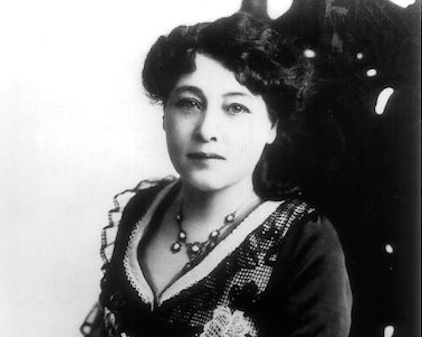
First in France and then in the United States, Guy introduced cinematographic methods such as double exposure and running the film in reverse. She also made many “talking pictures,” called “chronophones,” synchronizing the movie with a sound recording, and produced hand-tinted features, which are among the earliest color films. In 1907 Guy and her husband, Herbert Blaché, came to the United States. After she delivered their first child, they worked together at American Gaumont, where she was known as Madame Blaché. In 1910 she founded Solax, her own studio, in Flushing, NY, and soon built a state-of-the-art studio in Fort Lee, NJ.
Over her career, the filmmaker — now known as Alice Guy-Blaché — worked in every genre: comedies, dramas, Westerns, and even a biblical epic, “The Life of Jesus” (1906). Many of her films feature resourceful child heroes and even more boast resourceful female leads. She made the earliest extant narrative film with an all-black cast (“A Fool and His Money”) and hers are among the first movies on the themes of spousal abuse and infidelity. Although her directing career ended in 1920, she enjoyed a more successful, prolific, and longer career than most of her male contemporaries.
Alas, in what is prophetic of the contributions of many female filmmakers, only a fraction of Guy-Blaché’s work survives. But in recent years, films of hers gone missing are being found, reflecting the growing interest in cinema’s founding mothers.
“When Alice Guy-Blaché died in 1968, she thought three of her films were extant but couldn’t locate any. In the early 1990s, some 40 were known,” says Joan Simon, curator of the 2009 retrospective of Guy-Blaché’s work at New York’s Whitney Museum. “By the time of the retrospective, 130 were extant — we screened 90 over a three-month period. Now, 140 have been identified.”
In 1910 only 18 percent of American women worked outside the home. That year, as Guy-Blaché directed a film at American Gaumont in New York, she noticed an attractive actress, a onetime missionary, who would use the movies as her ministry. Her name was Lois Weber, and she would become one of the most significant filmmakers of her generation, on par with D.W. Griffith and Cecil B. DeMille. It would be nice to think that Weber was inspired to become a filmmaker by Guy-Blaché’s example or, perhaps, that the Frenchwoman mentored her. But it would not be correct.
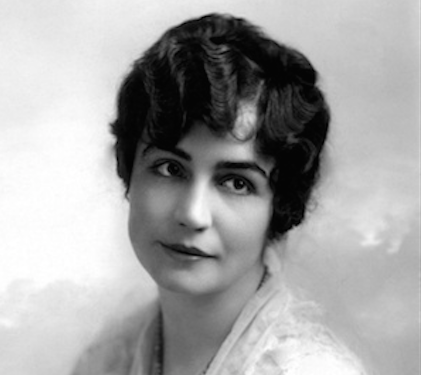
Guy-Blaché recalls in her memoir that Weber “watched me direct … and doubtless thought it was not difficult.” For her part, Weber credits Herbert Blaché for “broad-mindedness” and for giving her “every encouragement” as she transitioned from an actress to a screenwriter and director along with Phillips Smalley, her actor/producer husband.
Both female directors agreed that women had directorial advantages that men sorely lacked. Guy-Blaché believed that “women’s authority on the emotions” made them more skilled in working with actors. A woman, Weber said, “more or less intuitively brings out many of the emotions that are rarely expressed on the screen. I may miss what some of the men get,” she observed. “But I will get other effects they never thought of.” Both Guy-Blaché and Weber proved that women were as imaginative and powerful behind the camera as in front of it.
To read the rest of “The Founding Mothers of Film,” head over to Truthdig.
In addition to writing film reviews and essays for Truthdig, Carrie Rickey has been a film critic at The Philadelphia Inquirer and Village Voice, and an art critic at Artforum and Art in America. Rickey has taught at various institutions, including School of the Art Institute of Chicago and the University of Pennsylvania, and has appeared frequently on NPR’s “Talk of the Nation,” MSNBC, and CNN.





